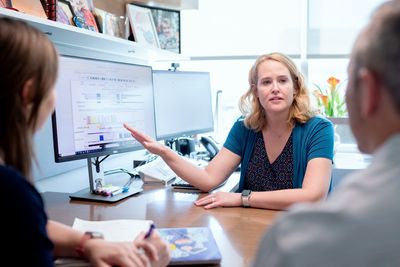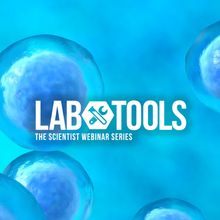Login
SubscribeFeb 12, 2024 | 4 min read
A Novel Molecule to Tackle Drug-Resistant Bugs
Feb 12, 2024 | 4 min read
Placental Gene Expression Hints at Preterm Birth
Feb 7, 2024 | 4 min read
Shielding From Allergies: It’s Not Just About Microbes
Feb 6, 2024 | 4 min read
Novelty Activates a Long Noncoding RNA for Spatial Learning in Mice
168极速赛车官网开奖结果历史、1分钟官方历史记录 Latest
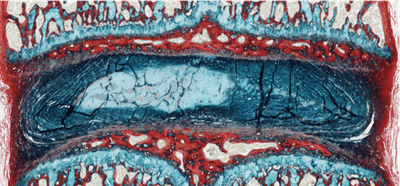
Back Pain Explained
Rachael Moeller Gorman | Feb 5, 2024 | 4 min read
Not all degenerated intervertebral discs are painful; a new study identified a subset of disc cells that triggers a pathway to pain.
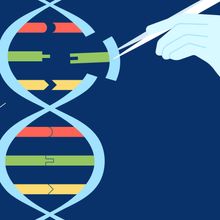
Avoiding Gene Editing’s Unintended Consequences
Tanvir Khan, PhD | Feb 2, 2024 | 4 min read
CRISPR-Cas9 editing leads to widespread loss of the targeted chromosome in human T cells, but scientists recently discovered a way to prevent such loss.

Tracking Community Health Through Wastewater Surveillance
Charlene Lancaster, PhD | 8 min read
By monitoring disease biomarkers within wastewater, researchers gain insight into disease prevalence within communities.
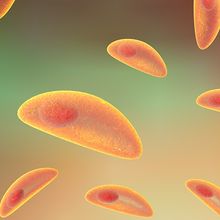
Punctual Proteins Aid Parasites
Laura Tran, PhD | Feb 1, 2024 | 3 min read
A protein’s timely appearance is crucial for Toxoplasma gondii’s unique replication cycle.
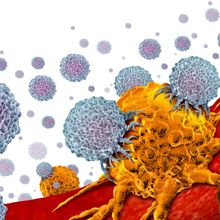
A Master Regulator of Gene Expression
Mariella Bodemeier Loayza Careaga, PhD | Jan 31, 2024 | 4 min read
A CRISPR-based screening platform helped scientists identify a transcription factor that makes CAR T cells better at killing cancer cells.
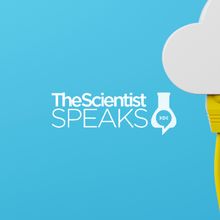
Virtual Laboratories for Remote Benchwork and Breakthroughs
The Scientist | 2 min read
Scientists discuss the advent of robotically run research and the new era of academic cloud labs on the horizon.

Microscopic Bowls Uncover the Secrets of Protein Secretions
Rebecca Roberts, PhD | Jan 30, 2024 | 4 min read
Researchers developed a “test tube” so tiny that it can hold a single cell. These vials enabled them to connect protein secretion levels with surface markers and transcriptome data from the same cell.

Researchers CHOOSE Organoids to Investigate Neurodevelopment
Deanna MacNeil, PhD | Jan 29, 2024 | 4 min read
A 3D variation of pooled CRISPR screens could connect the dots between autism spectrum disorder genetics and cell fate pathways in the developing brain.
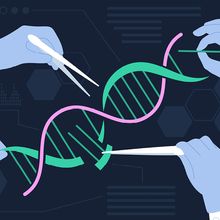
Optimizing Gene Editing with PARP1 CRISPR Plasmids
The Scientist and Santa Cruz Biotechnology, Inc. | 3 min read
CRISPR plasmids provide a robust solution for streamlining human cell transfection workflows.

Zero Gravity, Zero Gain: The Genetics Behind Muscle Loss in Space
Kamal Nahas, PhD | Jan 29, 2024 | 4 min read
Simulated microgravity in mice reveals a constellation of genes that may influence muscle weakening during spaceflight.
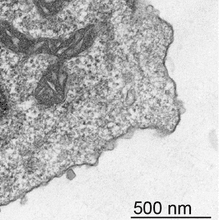
Fatty Feasts May Come at an Immune Cost
Shelby Bradford, PhD | Jan 25, 2024 | 4 min read
Dietary changes rapidly alter T cell metabolism, but the effects can be reversed.
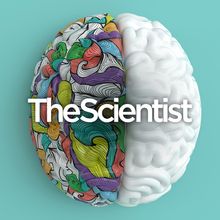
Using Brain Organoids in Human Health and Disease Research
The Scientist | 1 min read
Learn how scientists across life science and engineering disciplines join forces to build brain organoids that mimic neurodevelopment.
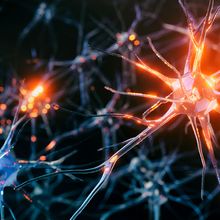
A Gut Feeling About Parkinson’s Disease
Zunnash Khan | Jan 25, 2024 | 3 min read
CD4 T cells mediate gut symptoms that indicate early Parkinson’s disease.
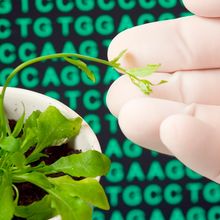
How Plants Protect Their DNA in Space
Deanna MacNeil, PhD | Jan 24, 2024 | 4 min read
Dorothy Shippen and Borja Barbero Barcenilla investigated how spaceflight affects telomeres of Arabidopsis seedlings grown on the International Space Station.
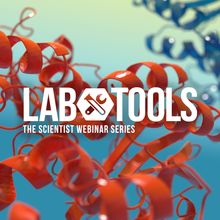
Rapidly Characterizing Complex Samples with Mass Photometry
The Scientist | 1 min read
In this webinar, Perla Vega and Philip Kitchen will explore how scientists can use mass photometry to assess sample quality and characterize proteins.
